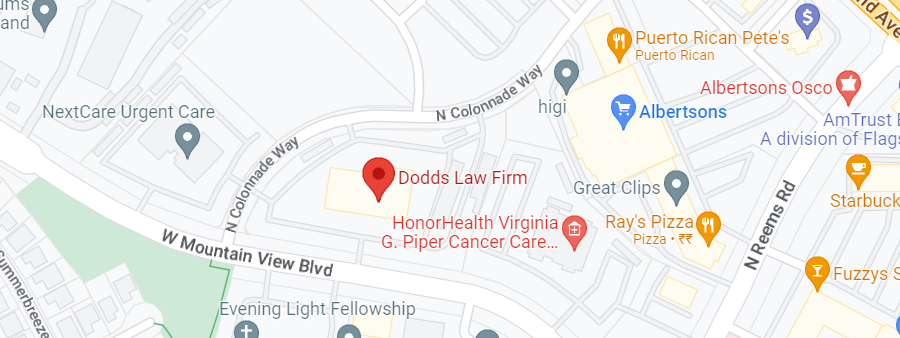The first step in estate planning is simply to take inventory so that you know exactly what your estate contains. Some big-ticket items, like your home, are fairly obvious. Others are not. You absolutely do not want to forget anything.
To help, here is a list of some of the most common assets you may own:
- Real estate other than your home, such as farm land, a vacation home or an adjacent lot.
- Collectible items, such as trading cards, coins or antiques.
- Vehicles, from your daily driver to a boat to a motorcycle.
- Any expensive proper you own, such as jewelry.
- Money that you hold in both savings accounts and checking accounts.
- Any life insurance policies that you own; for some people, this policy is one of their biggest assets.
- Financial assets in the form of mutual funds, bones and stocks.
- An ownership percentage that you have in a business, even if you are just an investor and not the active owner who runs the company on a day-to-day basis.
- Your retirement plan, whether it is an individual account or one sponsored by your employer.
- Your pension.
When you pass away, all of these assets have to be transferred on to your heirs. This can be done in many ways, from leaving things like homes directly to your children to putting financial assets in a trust to pay out over time. You also want to consider the tax implications of the method you choose.
With so many details to keep track of and your goal of providing for your heirs, you need to be well aware of all of your legal options.
Source: NerdWallet, “Estate Planning Basics: A 7-Step Checklist,” Kay Bell, accessed April 20, 2018

 CALL US NOW
CALL US NOW






